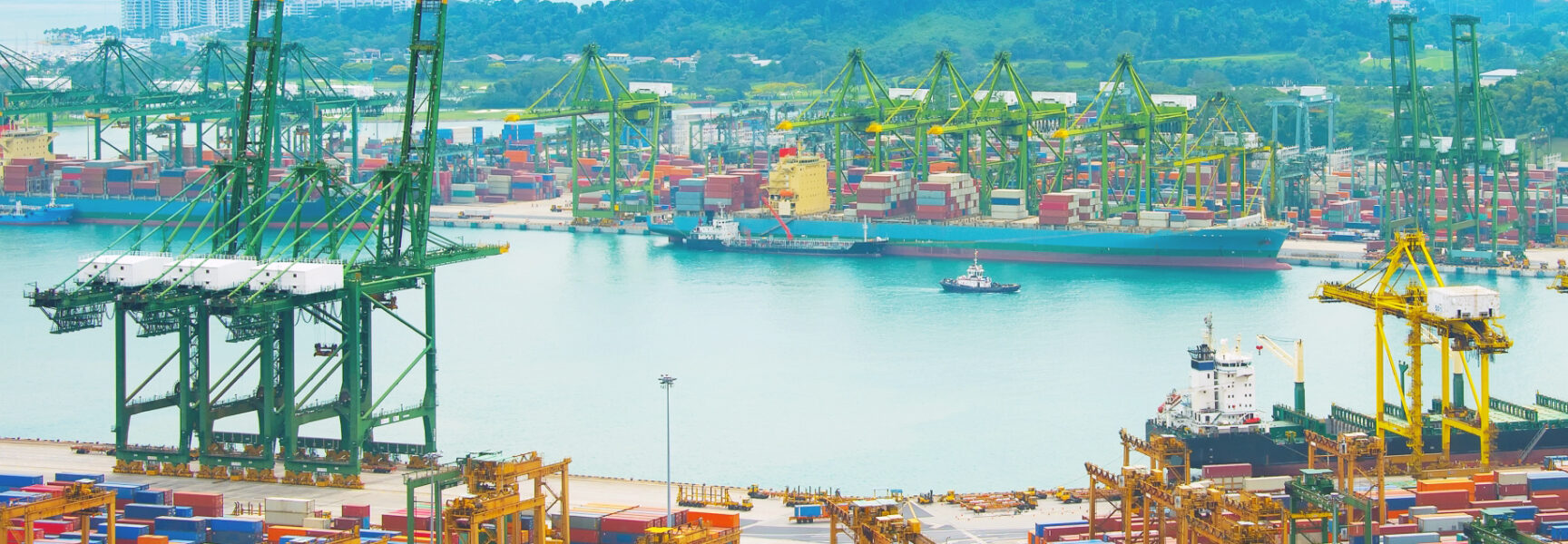
Singapore
Singapore has the highest carbon emission level per capita in Southeast Asia and its current energy mix is dominated by natural gas (95 percent). Main utilisation of energy is within the industry sector, which accounts for more than 2/3 of the total demand. Whereas Singapore is a very small country in Southeast Asia, its position as a key regional port along the East-West trade routes have led it to be a natural location for oil storage and refining facilities in the region. As a result, the refining and petrochemical sector is a large source of the carbon emissions in Singapore.
With its small land area and limited natural resources Singapore imports most of its energy products for generation, resulting in the country’s almost entirely reliance on energy imports to meet its domestic energy needs. Due to the small land area and resource constraints, there are limited renewable energy sources available, where solar has been identified with highest potential.
In addition to the deployment of solar panels, Swedish companies could leverage innovative technological solutions within transmission and distribution systems, energy storage systems, grid interactions and solar radiation forecast with advanced forecasting algorithms solutions. There is also a demand for new technologies and solutions, including floating, building-integrated, and mobile solar photovoltaic panels.
Singapore currently has four waste-to-energy plants and plans to build additional ones. Consultancy for feasibility studies, energy efficiency solutions for processes such as pneumatic, separation and thermochemical, and larger turnkey electrical and automation solutions are main areas of opportunities for Swedish companies. Technological solutions within smart energy storage systems, power system applications, smart power transmission and distribution grids and microgrids for integration of solar panels are also areas of opportunity.
Another area of opportunity is within residential and commercial buildings whereas Singapore is currently initiating two main areas in the Smart Nation project -– innovation districts and smart towns. Main opportunities can be found within the large development projects, including solutions for district cooling and ventilation as well as smart metering and lighting.